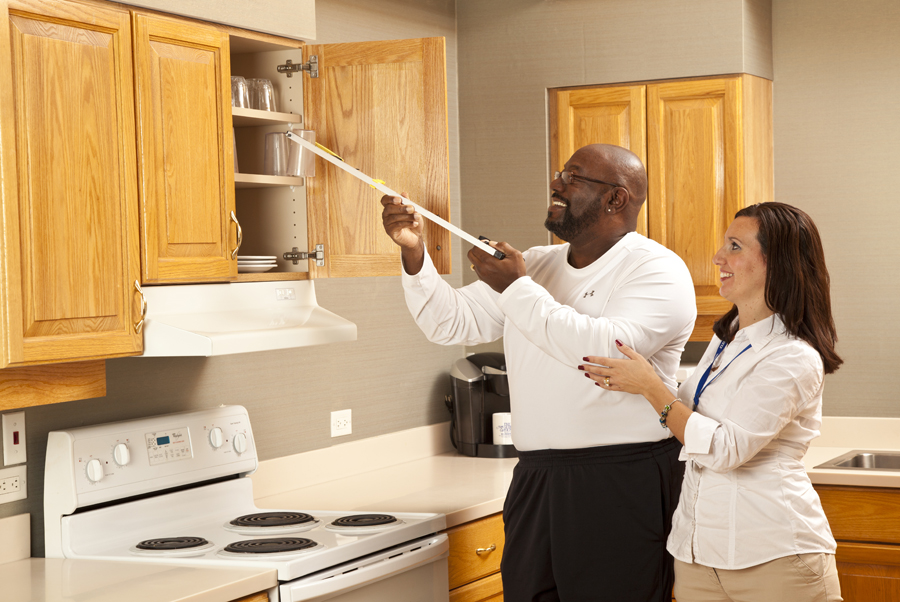Investigating the Varied Techniques of Physiotherapeutic Rehabilitation for Enhanced Healing and Rehabilitation
Physical therapy is an important discipline that assists individuals heal from traumas, operations, and various health conditions. It involves a range of techniques aimed to improve movement, alleviate discomfort, and enhance overall physical capability. Physiotherapy practitioners are trained professionals who assess each client’s needs and create customized care strategies. These plans often include exercises, hands-on treatment, and education about body mechanics. By employing these varied techniques, physical can significantly improve a person’s standard of living.One common technique used in physiotherapy is rehabilitative exercise. This involves targeted actions and activities that assist build muscle strength, improve flexibility, and increase endurance. For instance, a client recovering from knee operation may perform workouts that focus on restoring strength in the leg muscles. These activities are meticulously selected based on the patient’s condition and objectives. By gradually increasing the intensity and complexity of the activities, physical therapists can help patients recover their strength and mobility over a period.

Another crucial method is hands-on therapy, which comprises hands-on approaches to manipulate the body’s tender tissues and joints. This can entail stretching, joint movement, and manipulation. Manual treatment seeks to alleviate discomfort, reduce swelling, and improve blood flow. For instance, a practitioner may apply gentle pressure to relieve tension in stiff muscles or to assist a joint function more smoothly. This method is often integrated with other treatments to enhance rehabilitation and promote recovery. Clients often consider manual treatment to be a relaxing and beneficial way to manage their pain.
In addition to workouts and manual treatment, education plays a vital role in physiotherapy. Therapists instruct patients about their issues and how to manage them efficiently. This may include advice on proper alignment, body movements, and techniques to avoid subsequent injuries. For instance, a practitioner might show a client how to lift weighty objects properly to avoid injuring their back. By empowering clients with knowledge, physical practitioners help them take an engaged role in their rehabilitation and encourage long-term wellness from this source and well-being.
Ultimately, technology is increasingly being incorporated into physical methods. Tools such as sonography, electrical stimulation, and virtual environments can improve conventional treatment approaches. These technologies can assist reduce pain, encourage healing, and offer interactive ways for patients to engage in their rehabilitation. For example, immersive environments can create engaging settings for patients to rehearse movements in a safe plus secure environment. As technology continues to evolve, it offers promising possibilities for improving recovery results in physical.
In summary, physical includes a variety of methods that work in unison to assist recovery and healing. Through therapeutic exercises, hands-on treatment, patient education, and the application of technology, physiotherapy practitioners provide holistic treatment tailored to each patient’s requirements. This holistic approach not only assists patients regain their bodily capabilities but also empowers them to sustain their health in the long future. As more individuals acknowledge the benefits of physiotherapy, it remains to play a vital part in the journey toward improved well-being and fitness.